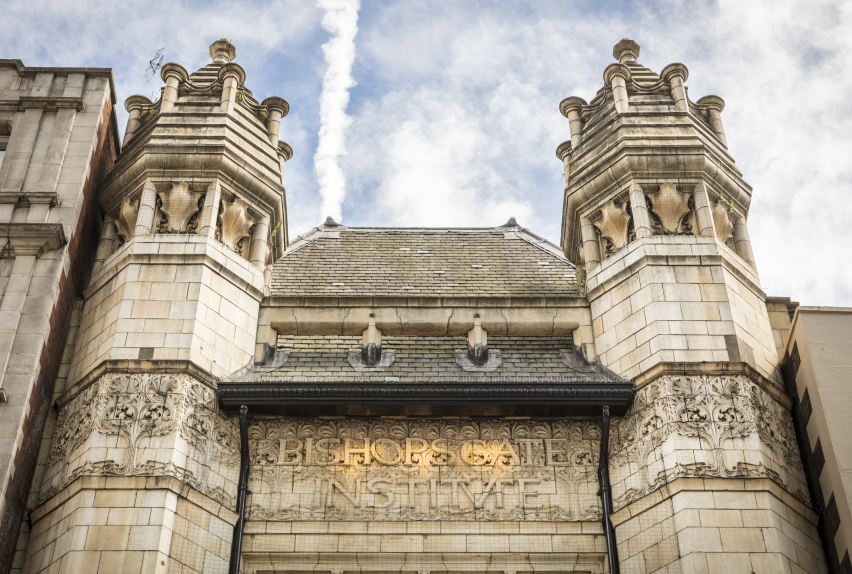Eton Manor Minute Books
Eton Manor Boys' Club takes its name from Eton College which, from the 1880s, had run a Christian mission to raise living standards in the Hackney Wick area of the East London, and from the Manor Farm, bought in 1912 to build a new sports clubhouse. In 1909 four Old Etonian philanthropists founded Eton Manor Boys' Club to provide sporting facilities separate from the Eton Christian Mission. They were Gerald V. Wellesley, Arthur Villiers, Edward Cadogan and Alfred Wagg. Wellesley passed on the leadership of the club to Arthur Villiers after the Great War, and the latter remained the primary guiding force behind the club until its closure.
The club rules stated that only boys between the ages of 13 and 16 could join and boys who passed the age of 18 were entitled to join the "Old Boys" club. In 1920 an old rubbish tip site at the eastern end of Hackney Marshes was converted into the Club's new sports ground; it became well known as "The Wilderness". Facilities included nine football pitches, two rugby pitches, cricket pitches, six tennis courts, a bowling green, a squash court and a running track. By the 1950s, the club had a reputation as an elite boys sporting club, being the home to two Olympic boxers Harry Mallin and Nicky Gargano, as well as incorporating career advice to the club's list of activities. The 1948 London Olympic athletics track transferred to the Eton Manor Boys' Club on The Wilderness playing fields for continued legacy use.
In the mid-1960s, Arthur Villiers decided to close the Eton Manor. The reasons were unclear, although both costs and the changing nature of the surrounding population have been cited as possible explanations.
Presented below are the minute books of the Eton Manor Boys’ Club from the organisation’s archive held by the Institute. They give a fascinating insight into the day-to-day running of the Club, successes and triumphs, along with listing the applications from boys to join the club. More information about the Archive can he found here and we have also digitised the full run of the Club’s in-house magazine Chinwagwhich is available here.
